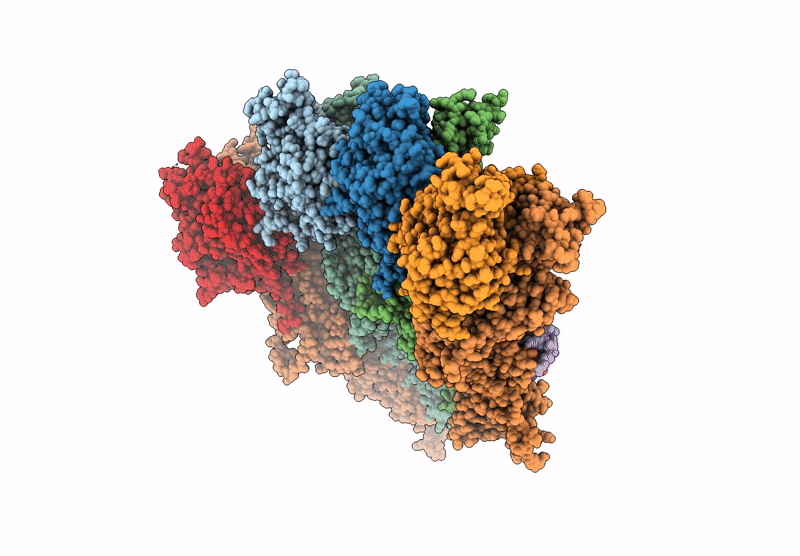
Deposition Date
2024-10-31
Release Date
2025-01-15
Last Version Date
2025-01-15
Entry Detail
PDB ID:
9H9Q
Keywords:
Title:
Candida albicans gamma-tubulin small complex within ring-like higher oligomer in complex with Spc72 CM1
Biological Source:
Source Organism:
Candida albicans (Taxon ID: 5476)
Host Organism:
Method Details:
Experimental Method:
Resolution:
3.60 Å
Aggregation State:
PARTICLE
Reconstruction Method:
SINGLE PARTICLE


